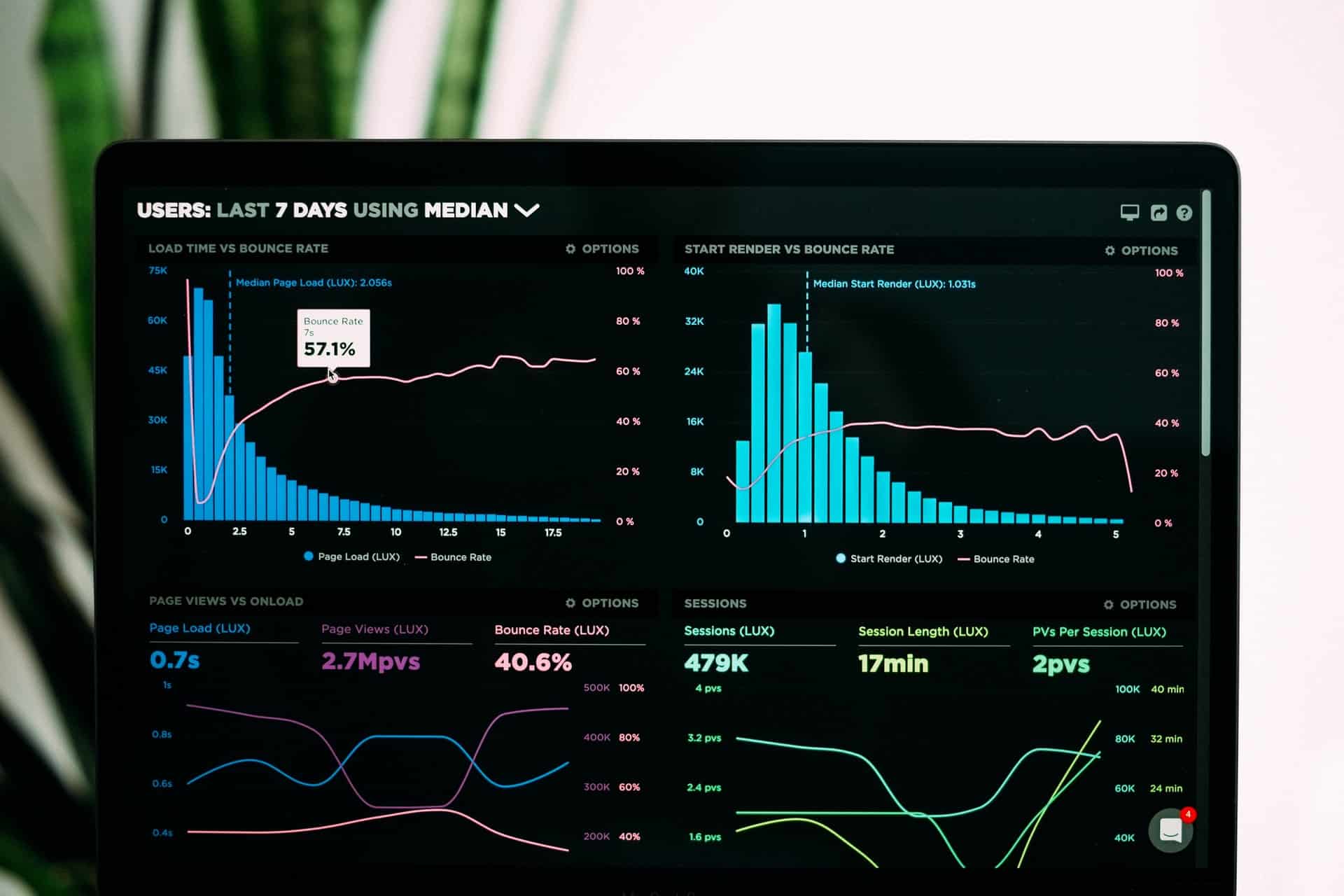Business Intelligence software systems provide historical, current, and predictive business data. Software elements support the creation of reports, interactive dashboards, visualization and collection of statistical data. BI systems are used for a variety of business processes from sales and finance to logistics and manufacturing.
BI as a discipline and process consists of several interrelated activities, including:
- Data collection
- Online analytical processing
- Database queries
- Reporting
IMAGE: UNSPLASH
Why Do You Need A BI System?
Potential benefits of using BI systems include:
- Accelerating decision-making and improving the quality of decisions
- Optimization of internal business processes
- Increase of operational efficiency
- The attraction of new revenues
- Gaining an advantage over competitors.
- Identifying market trends
- Identifying business problems that need to be solved
With these tools, managers can start analyzing data online rather than waiting for the IT department or an outside contractor to prepare the data. Access to information helps users back up business decisions with concrete numbers, not just gut feelings. Moreover, BI systems incorporate Augmented analytics solutions, which help predict events and identify hidden patterns.
Why Augmented Analytics Is More Important Than BI?
BI projects should start with top managers, but the main interested group is sales managers. Their salaries often depend on sales volume, and so they are more likely to use any tool that will help them increase sales – provided, of course, that the tool is easy to use and they trust the information.
Once sales managers appreciate the benefit of a BI system, they will become its evangelists, telling their colleagues how BI helps meet KPIs.
When planning to implement a system for business intelligence, a company should analyze how they make decisions and understand what information managers need to make decisions quickly and confidently, and how it should be presented.
Good BI systems must provide context. It’s not enough that they report that sales were X yesterday and Y a year ago on the same day. They must explain what business influencing factors led to sales being X on the same day and Y on the same day the previous year.
In Gartner’s interpretation, advanced analytics means applying advanced technologies such as machine learning (ML) and artificial intelligence (AI) to prepare data, generate insights and interpret them. In other words, it empowers people to learn and analyze data in analytics and BI platforms.
Augmented analytics is not a specific technology or product – rather, it is a combination of technologies such as machine learning (ML) and analytics to automate the entire data management pipeline, from data preparation to analytical results, and to assist from model creation to operationalization.
The science of data and IO (Industrial Organization) is extraordinarily complex. It is for this reason that just a few years ago, many organizations were trying their best to hire highly skilled data scientists with expertise in three different areas: statistics, coding, and specific areas of business.
Recognizing the potential of MoE (Measures of Effectiveness), they also sought to launch pilot projects in this area as early as possible so that they could then be moved into commercial operation. Augmented analytics, or augmented intelligence, applies MO and automation to enable enterprises to deal with the complex nuances of analytics, MO, and other types of AI.
The advantage of advanced analytics is that it allows data analysts, data engineers, and other data scientists to save time on repetitive manual procedures.
Rupert Morrison, the expert of productizing analytics for management, warns that businesses using analytics must go beyond historically accumulated data, “which is the starting point for determining the future through the past.” He advises business leaders to consider much more nuance than historical data when making decisions and plans. The expert explains, “The opportunities that AI holds for businesses should not blind them.
Sure, these new and intelligent technologies have already carved out a niche for themselves, but business leaders need to make sure that the data they have is actionable. Creating a future based on hindsight is insane. These technologies simply can’t predict what’s going to happen next, so organizations have to step up and model different scenarios for the future themselves.”
Going beyond the boundaries of the data businesses have accumulated, he said, will help them understand how the work of the future will be structured and what kind of workforce will be needed to do it. “Covid-19 has led to uncertainty and disruption, and in this environment, the importance of advanced analytics increases. Businesses are unlikely to have an actionable plan for the future based on analysis of historical data.
Ultimately, those companies that apply the best AI and D&I solutions and combine them with continuous analysis, modeling, planning, and implementation will be the leaders. It is the inherent transparency of advanced analytics that will merge data science with business intelligence practices, providing a new and centralized level of access to previously disparate sources of business insights.” Morrison says.
If you are interested in even more technology-related articles and information from us here at Bit Rebels, then we have a lot to choose from.


COMMENTS